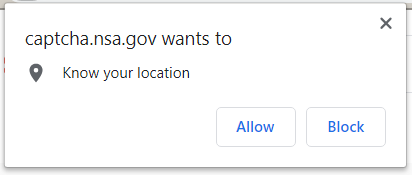The faster you move, the faster you develop, the faster you deploy — the less time you have for bug checking, quality assurance and testing. Security is not something you can add to a ready product, it has to be built in from the design phase.
Make sure your developers can identify and fix the common security vulnerabilities. Then have your app security tested. Have your network pentested. Have your code audited.
















